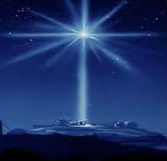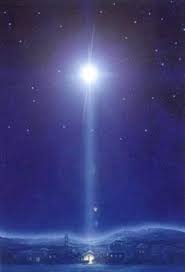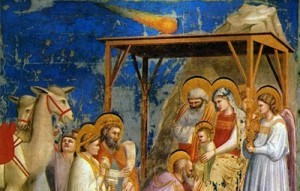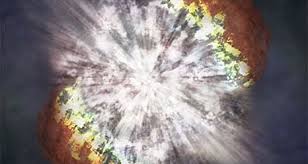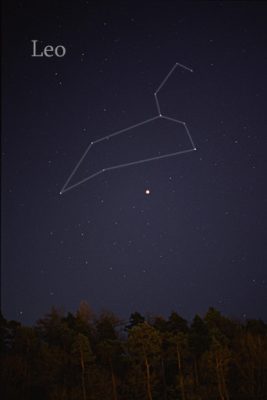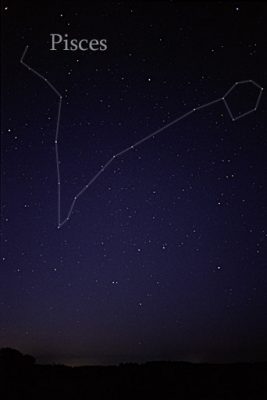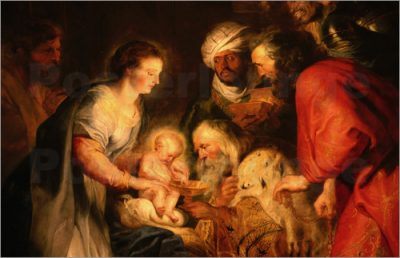Astronomy and the Star of Bethlehem
The star of wonder which led the Magi to the infant Jesus is an enduring emblem of the Nativity narrative. We all know the refrain from ‘We Three Kings of Orient Are’:
‘O star of wonder, star of night,
Star with royal beauty bright,
Westward leading, still proceeding,
Guide us to thy perfect light.’
But what was this star? When did it shine? Astronomy teacher, Miss Hayden, leads us through Advent with this article on the science behind the Star of Bethlehem:
‘The Star of Bethlehem is a continuing matter of debate among astronomers and historians alike. Did the star really exist? Or is it a pious fiction? It is only mentioned in Matthew’s gospel, and in that the details are hazy. One thing for certain is that the star was not a star at all, and if it did exist it was most likely some sort of astronomical event. Even though they are few, there are ancient accounts from around the time of Jesus’ birth of various astronomical sightings which could explain the Star of Bethlehem. A few things need to be taken into account first:
- Jesus was not born in the year 0BC. There was an error made by the Roman abbot Dionysius Exiguus when placing the year of Jesus’ birth. This means that his birth can be placed somewhere between 7BC – 2BC.
- Jesus was not born at Christmas. A large clue can be found in the Bible; the shepherds were watching over their sheep. This only happened in spring/summer when the lambs were born.
This means that we are looking for astronomical events that occurred in the spring/summer of the years from 7BC – 2BC. There are a number of possibilities:
- A nova or supernova: There was a record made of a supernova in 5BC recorded by Chinese astronomers. However, this was not particularly bright and would not have made an impact on the Magi.
- A recurrent nova: This is a recurring explosion on the surface of a white dwarf. It would certainly be bright enough to capture the attention of the magi, and its recurrent nature fits the fact that the star reappeared to the magi after they saw King Herod. However, recurrent novae generally do not reoccur for at least 10 years after an explosion.
- A planetary alignment: There is a record of a rare series of planetary groupings during the years 3BC and 2BC. Jupiter and Venus appeared very close together in August 3BC, visible in the eastern dawn sky of the Middle East. The alignment of these planets meant they would have appeared as morning ‘stars.’ They then realigned again in June 2BC in the constellation Leo, and were so close that to the naked eye they would have appeared as one single star. Jupiter was known as the “planet of Kings” and Leo was thought to denote royalty and power.
- There was another planetary alignment of Jupiter, Mars and Saturn (known as “Protector of the Jews”) in the constellation Pisces in 5 and 6BC.
Although a planetary alignment is the most likely origin for the Star of Bethlehem, unless we uncover concrete evidence or records for what was observed, there is no sure way of knowing exactly what it was the Wise Men saw.’
Categories: Faith Life Whole School
